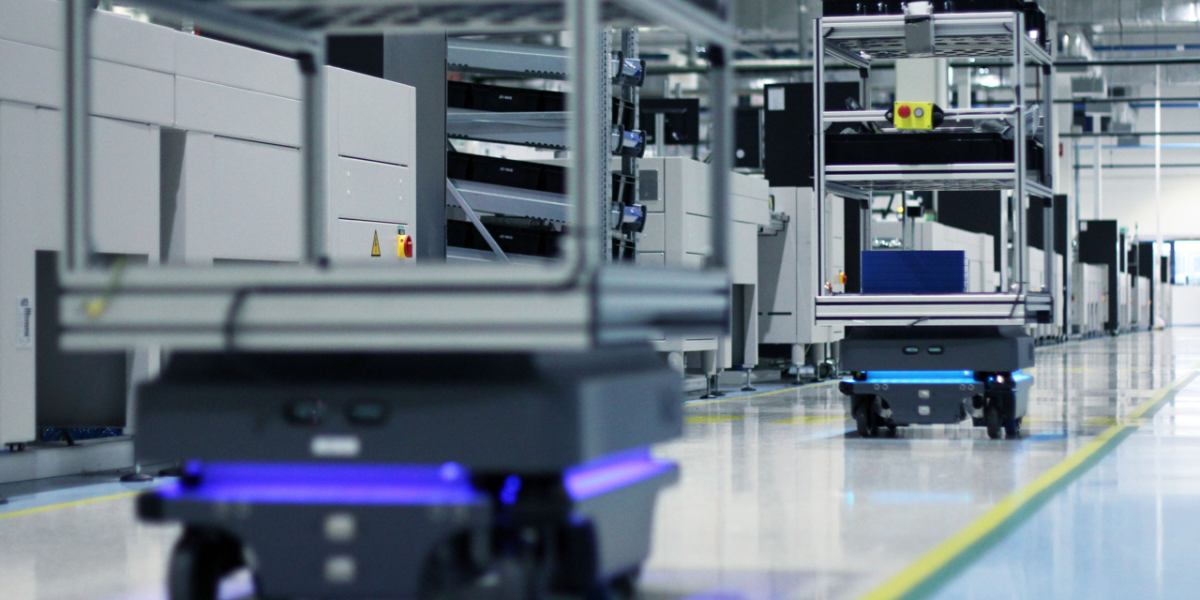According to Fortune Business Insights, the global warehouse robotics market was valued at $4.86 billion in 2022. It is expected to reach $12.99 billion by 2030, with a compound annual growth rate of 13.8%. This growth is driven by multiple factors:
- The rise of the e-commerce sector: the demand for fast, efficient delivery is driving warehouse automation.
- The introduction of affordable solutions: warehouse robots are becoming more accessible to small and medium-sized businesses.
- Labor shortage: automation helps to overcome the shortage of available workers.
- Industry 4.0: the integration of collaborative robots and artificial intelligence optimizes warehouse efficiency.
Multiple advantages
In warehouses, more and more robots, both fixed and mobile, are being used to automate various tasks. These include industrial robots and mobile robots for picking, sorting, transporting and packing. The adoption of warehouse robots offers many advantages to companies:
- Efficiency gains: robots can perform repetitive tasks at high speed, increasing productivity and precision.
- Lower costs: automation reduces labor costs and improves inventory management.
- Improved safety: robots minimize the risk of work-related accidents associated with repetitive manual tasks.
- Improved customer satisfaction: faster, more accurate delivery enhances the customer experience.
A bright future
ABI Research forecasts 25% growth in the warehouse robotics market by 2030. This growth will be fuelled by the increased accessibility of solutions and the maturing of the market. More and more SMEs will adopt robots to optimize their operations.
Soaring progress in robotics and warehouse automation is fuelling demand for versatile robots for heavy-duty handling and transport tasks, such as articulated arms, autonomous mobile robots (AMRs) and automated guided vehicles (AGVs). Massive investment by e-commerce companies is further propelling the growth of warehouse robotization. For example, Amazon has announced a US$1 billion capital expenditure on warehouse automation solutions, including robots, artificial intelligence and machine learning. Several other companies are also focusing on investments in picking and handling robots.
The growth of warehouse robotics is an inevitable reality. Companies that adapt to this new reality will be best placed to thrive in tomorrow's economy.
Contact our experts to discuss your warehouse automation needs.


